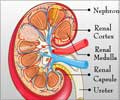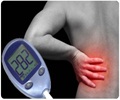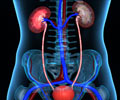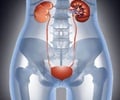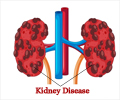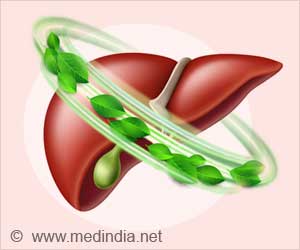In people with late-stage chronic kidney disease, kidney transplantation is best treatment option for improving quality of life.
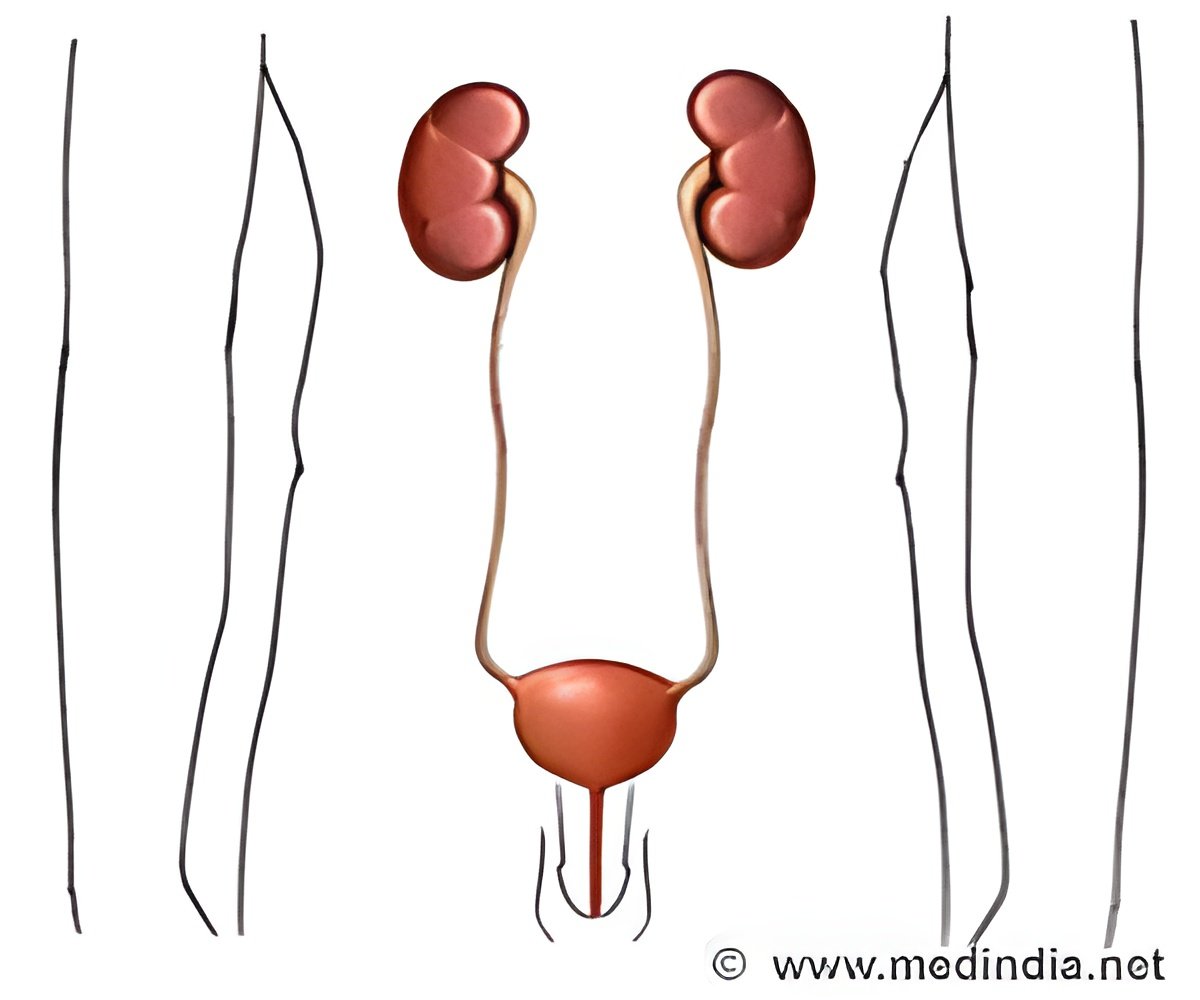
The researchers, led by Melanie Wyld from the University of Sydney, reviewed and assimilated all of the available published evidence to investigate whether quality of life in people with late-stage chronic kidney disease (as measured by utilities—a numerical value measured on a 0 to 1 scale [where 0 represents death and 1 represents full health] of the strength of an individual's preference for specified health-related outcomes) differed according to treatment type.
In their analysis, which represented over 56,000 patients, the researchers found that the average utility for those who had a renal transplantation was 0.82, followed by the pre-dialysis group (0.79), patients treated with dialysis (0.70), and finally, patients receiving conservative care (0.62). When comparing the type of dialysis, the researchers found that there was no significant difference in utilities between haemodialysis and peritoneal dialysis, but patients using automated peritoneal dialysis had, on average, a higher utility (0.80) than those treated with continuous ambulatory peritoneal dialysis (0.72).
In addition to helping to inform economic evaluations of treatment options, the information from this analysis can help guide clinicians caring for patients with chronic kidney disease in their discussions about possible treatment options.
The authors conclude: "Our results suggest that automated peritoneal dialysis, a home-based form of dialysis that accounts for just 7% of dialysis patients in the UK and 4% of dialysis patients in the United States, has a significantly higher mean utility than continuous ambulatory peritoneal dialysis."
Commenting on the findings, the authors said: "The finding that transplant patients' utilities increased significantly between the 1980s and the 2000s likely reflects improvements in transplant care and evolving clinical practice."
Advertisement
Advertisement

